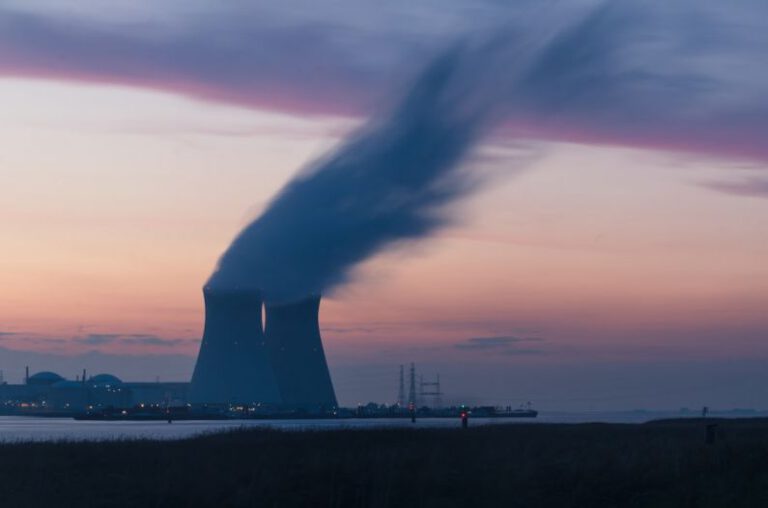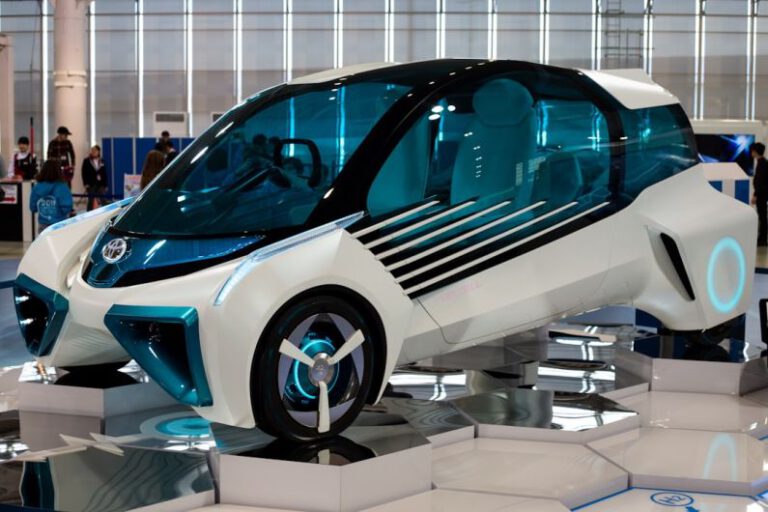Fusion Power: the Clean Energy Promise
The quest for clean and sustainable energy sources has never been more urgent than it is today. With the growing concerns over climate change and the finite nature of fossil fuels, the need for alternative energy solutions has become paramount. Amidst this backdrop, fusion power has emerged as a promising technology that could potentially revolutionize the way we generate electricity. Offering abundant fuel, minimal environmental impact, and virtually unlimited energy potential, fusion power holds the key to a cleaner and brighter future for generations to come.
The Promise of Fusion Power
At its core, fusion power seeks to replicate the same process that powers the sun and stars, harnessing the immense energy released when atomic nuclei fuse together. Unlike nuclear fission, which is currently used in most nuclear power plants and produces radioactive waste, fusion reactions generate no long-lived radioactive byproducts. This means that fusion power offers a cleaner and safer alternative to traditional nuclear energy, with significantly reduced risks of accidents and environmental contamination.
Fusion also boasts an almost limitless fuel supply. The primary fuel for fusion reactions is isotopes of hydrogen, such as deuterium and tritium, which are abundantly available in seawater and the Earth’s crust. In fact, just one kilogram of fusion fuel can produce the same amount of energy as thousands of tons of coal or oil, making it a highly efficient and sustainable energy source. With an essentially unlimited fuel source, fusion power has the potential to meet the world’s energy demands for centuries to come without depleting scarce resources or contributing to greenhouse gas emissions.
The Challenges of Fusion Power
While the promise of fusion power is undeniably enticing, realizing this potential has proven to be a formidable challenge. One of the main obstacles to achieving practical fusion power is the extreme conditions required to initiate and sustain fusion reactions. In order to overcome the natural repulsion between positively charged atomic nuclei, fusion reactors must create temperatures of over 100 million degrees Celsius, hotter than the core of the sun. Maintaining these high temperatures and containing the plasma within a magnetic field are complex engineering feats that have yet to be fully mastered.
Another major challenge facing fusion power is the high cost of research and development. Building and operating fusion reactors require substantial financial investments, and progress in fusion technology has been slow due to limited funding and competing priorities in the energy sector. Despite decades of research and numerous experimental fusion reactors, such as the Joint European Torus (JET) and the International Thermonuclear Experimental Reactor (ITER), commercial fusion power plants are still several decades away from becoming a reality.
The Road Ahead for Fusion Power
Despite the challenges that lie ahead, the potential benefits of fusion power make it a technology worth pursuing. Governments, research institutions, and private companies around the world are continuing to invest in fusion research and development, with the hope of unlocking the full potential of this clean and sustainable energy source. Breakthroughs in materials science, plasma physics, and engineering are bringing us closer to achieving practical fusion power, and recent advancements in fusion technologies have renewed optimism in the field.
As we look to the future, the promise of fusion power shines brightly as a beacon of hope for a world in need of clean and abundant energy. With continued innovation, collaboration, and investment, fusion power has the potential to transform the way we power our homes, businesses, and industries, paving the way for a greener and more sustainable future for all. Embracing the clean energy promise of fusion power is not just a choice; it is a necessity if we are to safeguard our planet and ensure a brighter tomorrow for generations to come.






